Historians know that cave men and nomads moved around to follow their food sources. when the wheat was discovered they could finally settle down in one area because of the abundant source of the grass. with this discovery they then raised pigs and sheep. they domesticated their animals for a meat source. this created agricultural cities. Archaeologists are people who dig up historical artifacts. Archaeologists have excavation digging sites where the artifacts are recovered. The things they recover are bones, or artifacts such as plates,writing,pots or any other item. culture is a group or band of humans that lived near one another and began to develop shared ways, so these groups of people that started farming are a culture. neolithic revolution is when people started to plant seeds and it was about 10,000 years ago. silt was once carried by bodies of water and is very fertile. migration occurs when groups of people travel because of push and pull factors. Exploration is trying to gain knowledge about things. imperialism is when a country tries to gain power by the ownership of area. The "Westward Movement" or manifest destiny the people called it because they believed the us was going to spread to the west people where moving to the west in the westward movement these people where in a way immigrating to the west of the country., immigrating means moving to a different place then you are currently living at.
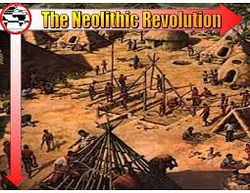
Neolithic Revolution is relevant to origins and movement because without this revolution or farming then we would most likely be nomads today. we need the domestication of animals and availability of crops so we don't have to follow our food source to survive.

silt is relevant to origins and movement because it is very fertile and people moved here to grow their crops.
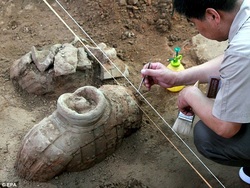
Archaeologist is relevant to origins and movement because they are the people who study the past and why they moved from their original area and immigrated to another region.

Migration is relevant to origins and movement because the geese in this picture are migrating from their original home to a warmer region for the winter to be able to survive.
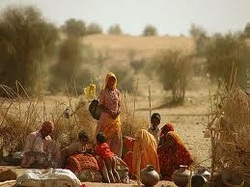
Nomads are relevant to origins and movement because they move around and never stay in the same region for long because they have to follow their food sources to be able to survive.
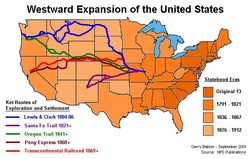
Westward Movement is relevant to origins and movement because the people are moving to the west and not staying in just the east coast of the us, they are expanding.

Exploration is relevant to origins of movement because explorers explore places that are not familiar to people. explorers travel from origins that are populated to not so populated areas known as a frontier.

Immigration is relevant to origins and movement because the immigrants moved from other countries to live in america.
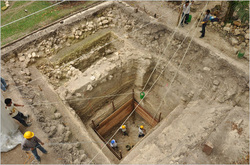
Excavation is relevant to origins and movement because they are excavating past human artifacts that they left behind when they immigrated to a different region and to learn why they did archaeologists study the dig site.
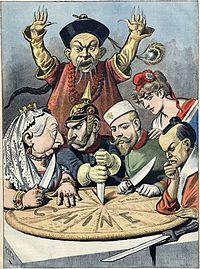
Imperialism is relevant to origins and movement because leaders of different countries are fighting over the ownership of a specific area. in the picture the leaders are fighting over a region that isn't their original region.

Agricultural cities are relevant to origins and movement because nomads settled into a specific region and were able to farm because of the discovery of wheat and the domestication of animals.
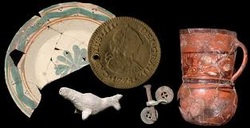
Artifacts/ Bones are relevant to origins and movement because we have to understand the origin of the artifact and how it ended up in the place it was recovered.

Culture is relevant to origins and movement because immigrants take their culture with them to a new region and we need to understand where that specific culture originated like the Chinese dragon originated in china but is also used in china towns all over america.
 RSS Feed
RSS Feed